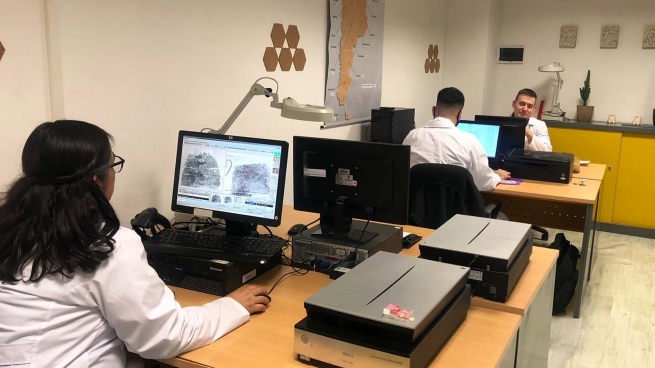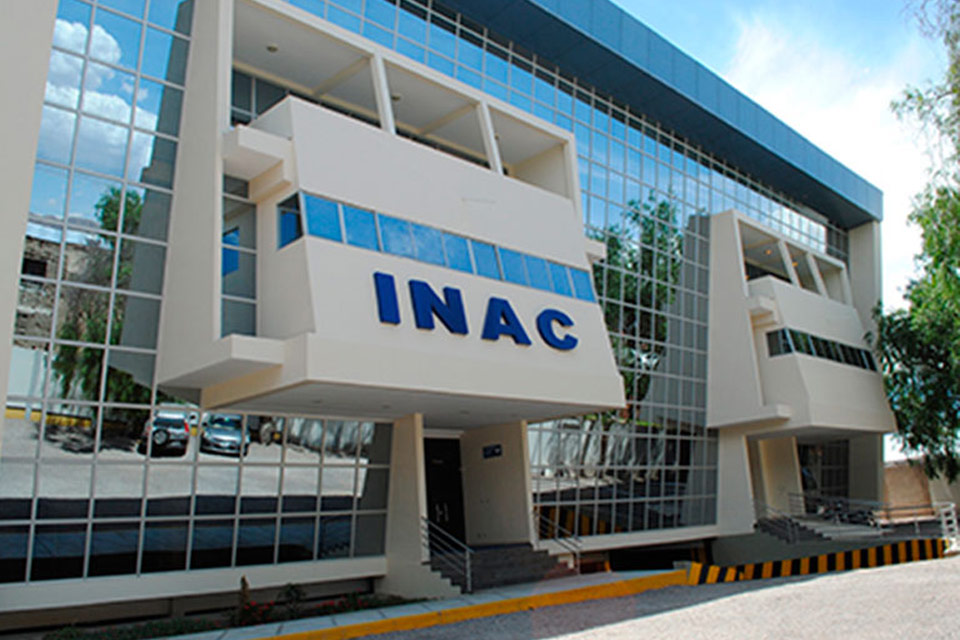Almost six out of ten national public employees carry out their tasks in the City of Buenos Aireswhich reveals a regional imbalance in the allocation of resources that must be taken into account in discussions about a future modification of the Federal Tax Sharing regime.
This was stated to Télam by the researcher of the Institute of Applied Economics and Society (Ideas), Juan Yannuzziin the midst of the conflict between CABA and the Nation, which is settled in the Supreme Court of Justice, referring to the allocation of funds within the regime established in 1988, when the district still did not have autonomy.
“In the discussions about how much should correspond to the city by co-participation, it is not taken into account that the transfers have many dimensions and not all of them are direct and tangible,” he explained, referring to the arguments for and against setting an aliquot of 1.40% for the district, two and a half times less than the 3.50% in force until September 2020.
In this regard, from the Buenos Aires government it was argued that CABA has about 6.5% of the total population of Argentina and its economy represents approximately 20% of GDP, so the assigned rate would be notoriously undervalued.
In that aspect, “It is where the defense of the City falters since it does not clean up the benefits it receives for being the capital of the country”maintained Yannuzzi, referring to a series of indirect resources that, although they are not part of national transfers, have an effect that cannot be omitted from the analysis of fiscal federalism.
“For example, because it is the capital, it is the headquarters of embassies and, in addition to headquarters, treasuries and fiscal headquarters of the majority of companies and countries with representation and commercial operations at the national level,” he detailed, to delve into the main aspect, already that “it is the location of the federal state, but it functions as a province in terms of its finances”.
“In the discussions about how much should correspond to the city for co-participation, it is not taken into account that the transfers have many dimensions and not all of them are direct and tangible”
The approach to the problem faces several complexities, among them that the last official report on the Gross Geographical Product (provincial equivalent of the GDP in the national order) dates from 2004 and, on the other hand, the lack of a defined framework on the amount of monotributistas who perform at the three levels of the public function.
With these exceptions (which, for example, do not take into account the different regional impact of the development of the soybean complex, Vaca Muerta or the knowledge economy, embryonic 18 years ago), Yannuzzi considered the benefit that the City of Buenos Aires has in the geographic distribution of national public employment.
Thus, excluding the Health and Education sectors from the analysis, it was found that 58% of national public employment is concentrated “in a district of 203 square kilometers”, from which it follows that the remaining 42% is spread among the 23 provinces.
Based on 2019 reports, 52,000 Buenos Aires government workers and 431,000 national workers work in the City: that is, 89% of the district’s public employment corresponds to the latter jurisdiction.
Of the total Economically Active Population (PEA) of the City, 28% corresponds to state jobs and 20% is exclusively nationala low percentage compared to most provinces, but with a peculiarity: that 28% represents 30% of wages, due, according to Yannuzzi, to the fact that “the public salary is higher than the private one in CABA.”
Directly linked to this imbalance in the distribution of national public employment, Yannuzzi added that “there are also great distortions in terms of territorial distribution”, to the point that in the allocation of resources according to their geographical classification, in 2019 32.2% of national spending was disbursed in the autonomous city.
The sum of all these elements should, in the opinion of the researcher from Ideas, form part of the postponed debate on a new Co-participation law, which should have been sanctioned no later than December 31, 1996, as established in one of the transitory clauses of the 1994 Constitution.
“The debate should be whether (CABA) deserves 1.4% or less, more than that percentage is quite questionable,” he said, referring to the rate set as of January 2021 through Law 27,606.
But in parallel criticized the attitude of the national State which, through successive governments, “talks a lot about concentration and inequality, but does very little to decentralize public administration”.
“The only thing that happened in recent years was in November 2020, with the sanction of the Alternate Capital Law, which actually had no budgetary effect, only meetings are held,” he objected.
As a historical experience, he recalled the frustrated initiative of former President Raúl Alfonsín to create the province of Río de la Plata (with an area that would include that of CABA and the suburbs), with the purpose of “unbalancing” the asymmetries: “it was controversial, but it’s worth at least raising it,” he said.
Yannuzzi stated that nothing prevents the headquarters of the ministries or other organizations from being transferred to other parts of the country, and recalled in this regard that “there had been talk of sending YPF to the south,” but he pointed out that if decisions of that nature were made “They should not be the exception but the rule, otherwise you end up being an accomplice of what you criticize.”










